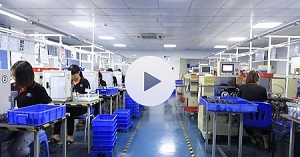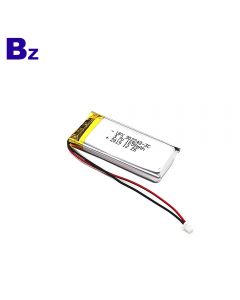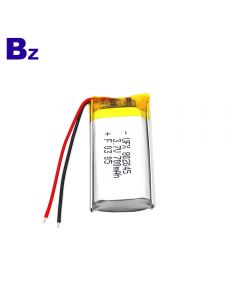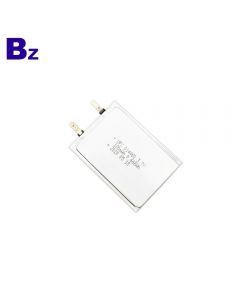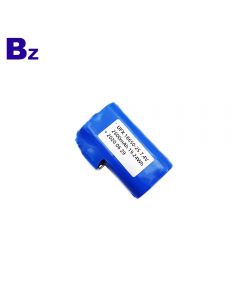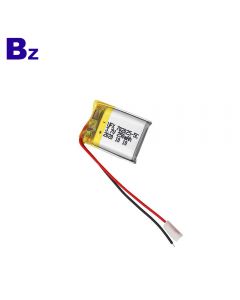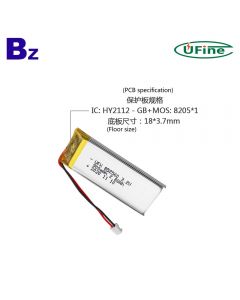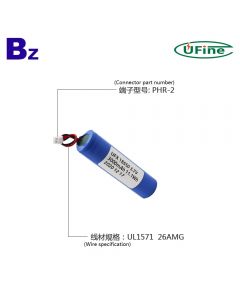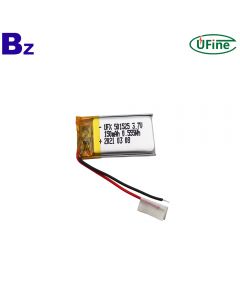 |
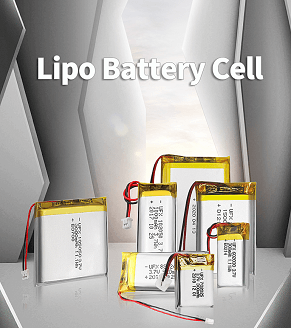 |
 |
 |
About Benzo
Advanced Laboratory
Environmental Laboratory, Security Laboratory, Power Supply Laboratory, Ecology Laboratory, Aging Laboratory, Photovoltaic Energy Storage Laboratory
 |
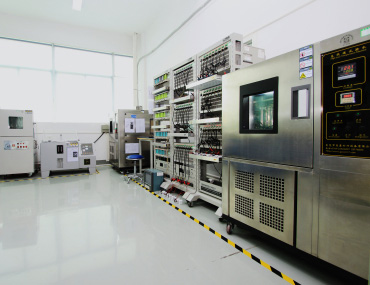 |
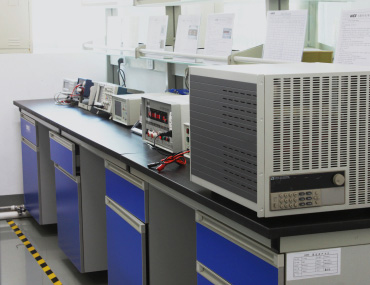 |
| Environment Laboratory | Ecology Laboratory | Power Supply Laboratory |
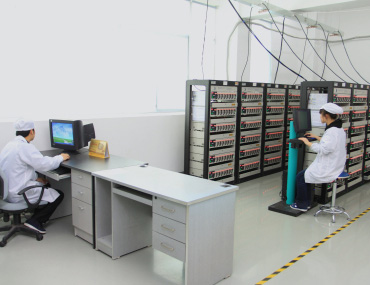 |
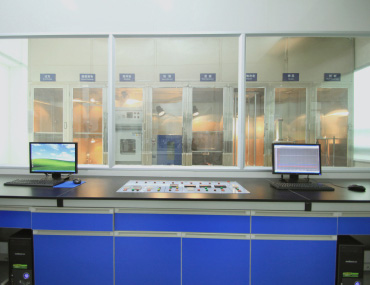 |
 |
| Electrical Performance Laboratory | Security Laboratory | Photovoltaic Energy Storage Laboratory |
Battery Application
 |
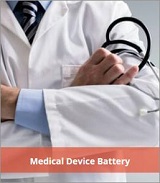 |
 |
 |
 |
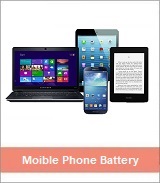 |
 |
Best Selling Batteries
Benzo Battery News
What to do if lithium battery electrolyte leaks?
Lithium batteries provide power for modern devices, but the volatilization and leakage of their core material, electrolyte, are hidden risks. Electrolytes are usually composed of organic solvents (such as carbonates) and lithium salts (such as LiPF₆). Once leaked, they will not only corrode the equipment, but also release toxic gases. This article will analyze the causes of leakage and provide practical prevention and response solutions.
What is the difference between fast charging and standard charging of lithium polymer batteries?
Lithium polymer batteries (LiPo) are widely used in smart phones, drones, wearable devices and other fields due to their high energy density, thinness and flexibility. However, many users have doubts about the difference between "fast charging" and "standard charging": Is fast charging safe? Why do you sometimes need to choose slow charging? This article will reveal the core difference between the two from the perspective of technical principles, performance impact and practical application.
Why do we need to pay attention to battery health?
Have you experienced these scenes before? The battery level of the phone instantly jumps red from 30%, and it suddenly shuts down in an emergency. The newly purchased electric vehicle has a nominal range of 500 kilometers, but after two years, it can only run 300 kilometers. The laptop gets more and more stuck when plugged in, as if its performance has been "sealed". The culprit behind these problems is the silent decline in battery health. Battery health is not only a percentage number, but also the lifeline of device lifespan. Today, we will delve into why this indicator is worth paying close attention to like blood pressure.
Why is the battery low in the first discharge test?
First, the state of the battery itself. For example, are there any problems in the production process, such as the quality of raw materials, manufacturing process, or battery aging. If it is a new battery, it may not be activated yet, and the active substances inside have not fully played their role, resulting in low initial discharge capacity.
What are the differences between different devices charging lithium batteries?
As the most mainstream energy storage device at present, lithium batteries are widely used in various electronic devices such as mobile phones, laptops, mobile power supplies, electric vehicles, etc. However, lithium batteries of different devices show obvious differences when charging. These differences are not only due to the characteristics of the battery itself, but also closely related to the design logic of the charger. This article will analyze the core differences between different devices charging lithium batteries from the dimensions of charging method, protocol support, and safety protection.
Our Lithium Battery Certification







